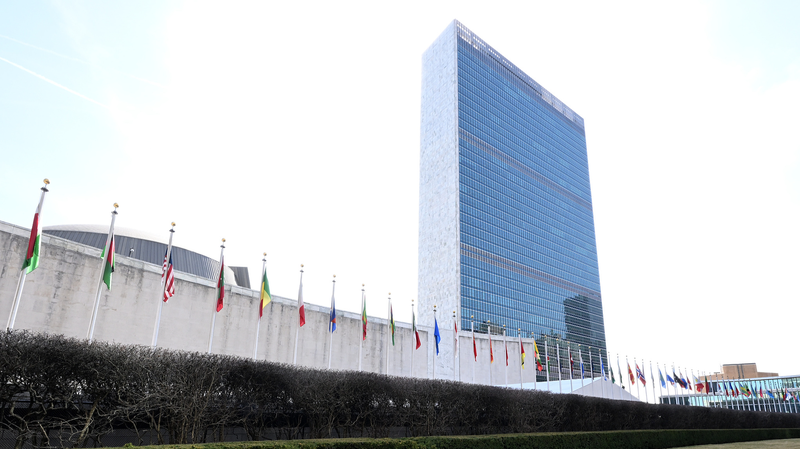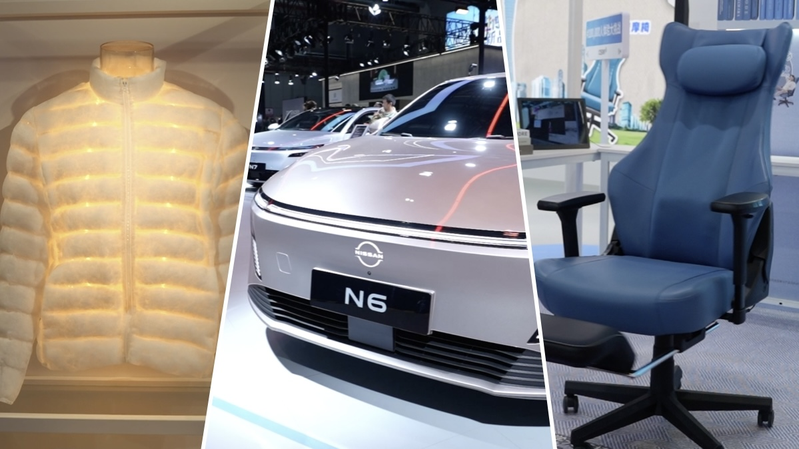From the ashes of World War II, a new chapter in global cooperation was born. The United Nations, established in 1945, enshrined collective security, sovereign equality, and peaceful dispute resolution into its Charter, setting the stage for multilateral action across the globe.
Specialized agencies further institutionalized transnational collaboration. The World Health Organization (WHO) built on the legacy of the League of Nations Health Organization, which had standardized disease surveillance, coordinated epidemic responses, and directed aid to vulnerable regions during the interwar years.
The Far-Eastern Epidemiological Intelligence Bureau in Singapore, once tasked with monitoring outbreaks across Asia and Africa, was later integrated into the WHO's global health architecture—cementing a legacy of resilience that spans continents.
Trials of Adaptation
Decades later, this system faces fresh pressures. The World Trade Organization (WTO), a pillar of the post-war economic order, grapples with existential challenges as geopolitical rivalries and unilateral trade measures erode its dispute-resolution mechanisms.
China has emerged as a vocal advocate for WTO reform, addressing modern issues like agricultural subsidies and digital trade rules while pushing to preserve special treatment for developing economies. In 2018, China partnered with the EU to salvage the WTO's Appellate Body, countering U.S. obstruction of judge appointments.
These developments highlight a broader trend: institutions designed for a different era are rebalancing to meet the demands of today's interconnected world. The big question remains—can multilateralism evolve fast enough to secure peace and prosperity in the decades ahead?
Reference(s):
Post-war institutions in a new era: Resilience and rebalancing
cgtn.com



